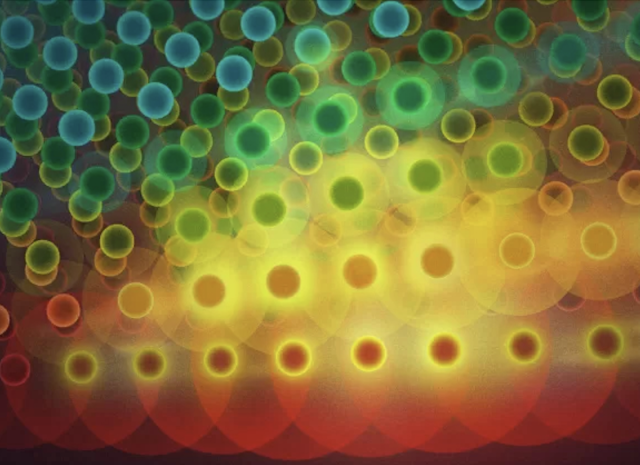NSF Distinguished Lecture by Dr. Daniel Blumenthal
Please join the U.S. National Science Foundation Directorate for Engineering on April 2, 2024, from 3 p.m. to 4 p.m. Eastern for a Distinguished Lecture by Dr. Daniel Blumenthal of the University of California, Santa Barbara, on “Visible Light to Mid-Infrared Photonics for Atomic and Quantum Applications.”

Register with the link below.
Abstract: The world of precision atom-, molecular-, and quantum-based scientific experiments, instrumentation, and discoveries, such as atomic clocks and quantum gravitational wave sensors, has the potential to undergo a transformation to the chip-scale much like computers of the 1950s. This transformation will unleash a wealth of new applications such as quantum computing, quantum sensing, atomic clocks, and frequency metrology.
Technologies like atomic clocks and global navigation systems have a direct impact on everyday life. For instance, atomic clocks are crucial for GPS systems, which many people rely on for navigation. By integrating these systems at the chip-scale, through visible and near-infrared (near-IR) light photonics, the size, power consumption, and cost of these systems could be dramatically reduced and their reliability improved. This could lead to more portable and affordable technologies for various purposes, including space-based experiments, improved navigation systems, and even advances in cold-molecule physics.
Today, more than 80% of the experimental infrastructure for atomic and quantum precision experiments is sophisticated precision lab-scale laser, optical, and control equipment that must operate at atomic optical transitions in the visible and near-IR spectrum. These lasers and optics must support light generation and the preparation, manipulation and interrogation of atoms, ions, molecules and qubits. At the forefront of miniaturizing these technologies is a new age of visible light and near-IR silicon nitride integrated photonics that will transform these systems to the chip-scale and enable vast new portable precision applications. Additionally, recent evidence shows that photonic integration can lead to performance improvements of next-generation atomic and quantum applications and open the door to improved sensing and timing precision as well as enable new fundamental scientific discoveries.
This talk will cover our latest results in the ultra-low loss silicon nitride integration platform and atomic and quantum components and subsystems that can be integrated on-chip, including frequency stabilized ultra-low frequency noise lasers, atomic spectroscopy, atomic transition locking, and integration of beamlines for atomic cooling, trapping, state preparation, and interrogation. Work on photonic integrated circuits for cold atom rubidium 3D magneto-optic traps (3D-MOTs), strontium trapped-ion quantum experiments, neutral atom warm vapor cell stabilization and clocks, and new work on atom interferometers will be described.
This shift to chip-scale technology has the potential to improve technology accessibility, so that sophisticated scientific tools, like atomic clocks and quantum sensors, become more accessible to a wider range of people. Just as computers became more common and affordable over time, these advancements could lead to new technologies being integrated into everyday life.